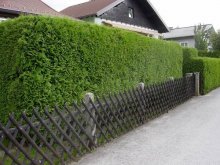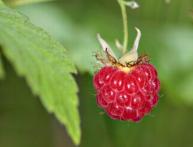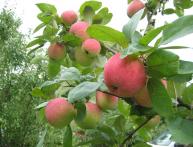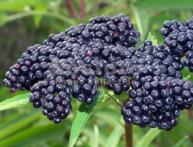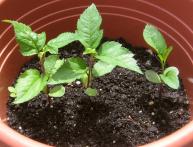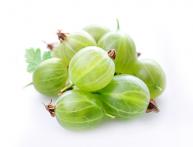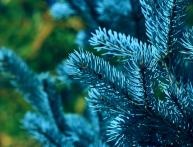Fast-growing plants for hedges: types and their descriptions
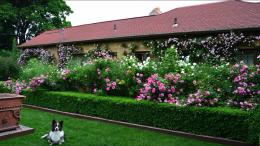
To improve the area, many owners do hedge from plants. Such a fence will not only protect the territory from prying eyes, but will also be a unique highlight of a country house. Selecting plants is not easy, you need to take some points into account.
Content:
- Hedge: advantages and disadvantages
- Deciduous trees for hedges
- Conifers
- Climbing fast growing plants
- Features of planting fast-growing plants
- Care instructions
Hedge: advantages and disadvantages
A hedge is a dense planting of plants to mark the boundaries of an area. Commonly used plants are trees and shrubs. Such a fence performs not only a decorative, but also a protective function. The main advantages of green spaces:
- Possibility of decorating outbuildings
- Protection from dust, wind and noise
- Soil moisture retention
- Dividing space into zones
- No need to paint
In addition, the hedge is a refuge for birds, which help eliminate malicious insects You can also plant fruit crops that will yield a good harvest, but the plot or lawn will be spoiled by the fallen fruits. Along with the advantages, such a fence also has disadvantages.
The fence takes up a lot of space, and many plants have an extensive root system, which adversely affects agricultural crops. Rodents can also settle in, which can harm the area. It takes a long time to create a beautiful and original hedge. You can plant mature plants and not wait 5 years for young trees to grow.
Deciduous trees for hedges
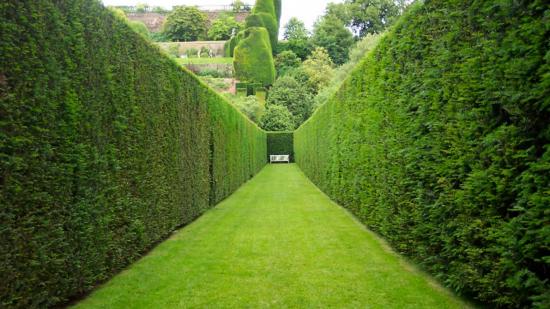
Living plant height can be low, medium and high. Therefore, the selection of plants is carried out taking into account the preferences of the owner. Typically, deciduous, coniferous or climbing plants are chosen for hedges.
The most popular hardwood species are:
- Birch. The frost-resistant tree is ideal for creating a hedge. Birch grows relatively quickly and does not require special care. The following types are usually planted: Dwarf, Fluffy, Warty, Drooping.
- Poplar. A tree with a wide pyramidal crown with large leaves. The only drawback of poplar is its fluff, which affects allergy sufferers.
- Rowan. Chokeberry is often planted. Its shoots can completely cover the space allocated for the fence. The plant does not require regular trimming.
- Maple. The plant needs pruning and feeding. It can reach 40 meters in length. For hedges, it is recommended to use such types of maple as Field, White or Tatar.
- Sea buckthorn. A small tree about 6 meters high. The branches of the plant grow strongly, so regular pruning is necessary.
Coniferous plants
Coniferous trees that are ideal for decorating hedges include:
- Juniper. This low shrub grows no more than 2-3 meters in length.Depending on the species, the needles can be green or gray. Juniper grows very slowly, but is not demanding in care.
- Thuja. An evergreen coniferous tree, belongs to the Cypress family. The tree can grow up to 50 meters in height, and the bush – up to 10 meters.
- Fir. A tree with a lush crown and soft needles. Fir is resistant to drought and frost. There are many varieties, but the most popular are: Kamchatka, Siberian, Sakhalin, etc.
- Spruce. It can grow up to 50 meters. The following varieties can be used for planting: Kupressina, Virgata, Akrokona, etc.
- Pine. Light-loving coniferous species. Young trees have a cone-shaped crown that gradually becomes round. The color of the needles is bluish-green.
- Yew. An ornamental shrub with a dense spreading crown on which red berries grow. Certain species can grow up to 10 meters.
Among the shrubs used for fencing are barberry, rose hips, thorns, hawthorn, spirea, etc.
Video types of hedges:
Climbing fast growing plants
Climbing plants for hedges are decorative due to their beautiful leaves and flowers. The following types are suitable for designing green spaces:
- Climbing rose. It blooms for a long time and is distinguished by an abundance of shades of flowers. Mostly winter-hardy varieties are chosen for hedges. This saves owners from annually preparing plants for winter.
- Clematis. Lianas can reach a length of 2 meters. A common species for fencing is purple clematis.
- Ivy. The most popular type of plant for landscaping a fence. It entwines everything with the help of suction cups.
- Hop. An unpretentious plant with large leaves. Hop flowers have a specific aroma.
- Honeysuckle. It has an amazing aroma.Frost-resistant plant, does not need shelter for the winter.
- Kampsis. Decorative deciduous liana. Tubular inflorescences are scarlet or orange.
In addition to the above plants, calistegia, wild grapes, and wisteria are used to create a beautiful green fence.
Features of planting fast-growing plants
To create a beautiful hedge, it will take a long time, about 3-5 years. When choosing seedlings, it is necessary to take into account their age. It is better to choose deciduous seedlings that are at least 2-3 years old, and coniferous trees that are over 4 years old.
Deciduous plants are planted in spring or autumn. When growing plants in containers, planting is done in the summer. Before planting seedlings, you need to prepare the soil and mark the area. Next, dig a trench 60-90 cm wide and 40-50 cm deep. After this, nutritious fertilizers are applied in the form of compost, peat, and humus. Coniferous species do not need to be fertilized with organic fertilizers.
Then lightly moisten the soil and plant the plants. With a fence width of 90 cm, the plants are arranged in a checkerboard pattern. If the planting is single-row, then the distance between the trees should be 20-30 cm. You can also plant in two rows, then the distance is increased to 30-50 cm. After planting, the seedlings must be tied to a support.
Care instructions
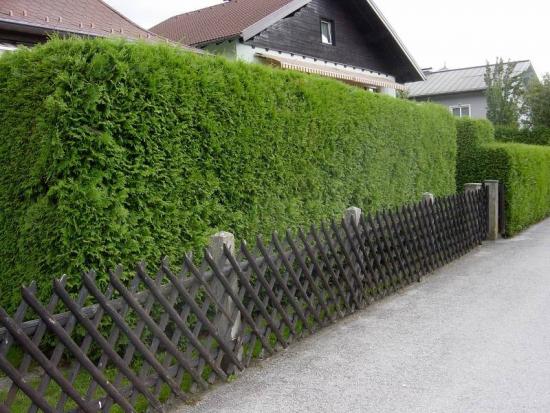
Living fencing requires good maintenance, which should be done regularly. For the first few weeks after planting, it is recommended to water the plants 2-3 times every two weeks. Then watering is gradually reduced. To ensure the correct shape is formed, hedge trees need to be pruned regularly. The string is pulled to the desired height and trimmed to the mark.
The procedure can be carried out both in spring and autumn. When performing pruning, you must not forget to remove dry leaves, flowers, etc. If the plant does not receive enough light, then it is advisable to perform curly pruning.
Areas affected by the fungus should be pruned and burned to prevent the disease from spreading to other trees. If the tree is sick, then pruning should be done at the root. This is better than replanting the bush. With time the soil may become compacted, so it is recommended to loosen and dig it up. By following all the recommendations for caring for fast-growing plants, you can create a beautiful living fence that will protect the territory of the house from prying eyes.


